Published 27th May. 2023
Reading time
The urge to travel more responsibility has become an irresistible force, and there are few destinations where sustainable tourism choices are so readily available, and so rewarding, as in Sweden. Sustainable tourism in Sweden takes many forms, but in line with our concept of Kintsugi Travel (where we aim to build back travel with more positive impact than before the pandemic), here are several ways to travel sustainably in Sweden that benefit both the visitor and the destination.
The curse of overtourism is one of the traits that lead to travel getting a bad name before the pandemic. That’s why we created our portfolio of undertourism destinations, with Sweden a flagship exemplar of the concept. For people in the UK, Sweden is certainly on the radar more and more, yet the number of British visitors remains tiny compared to the number who visit, say, France or Italy. As a snapshot, 800,000 or so Brits visited Sweden compared to more like 12 million to France in 2017. In short, if you want to travel somewhere in Europe and not hear British accents, a large destination with relatively few visitors like Sweden is the spot for you.
Our concept of Philantourism – namely encouraging people to travel to down-on-their-luck destinations that are reliant on tourism – doesn’t apply to Sweden, because this is a destination that prides itself on being somewhere blessed with stable government, stable weather and generally a place with a very high standard of living. Conversely, that stability is one of the many, many reasons to visit such a special place.
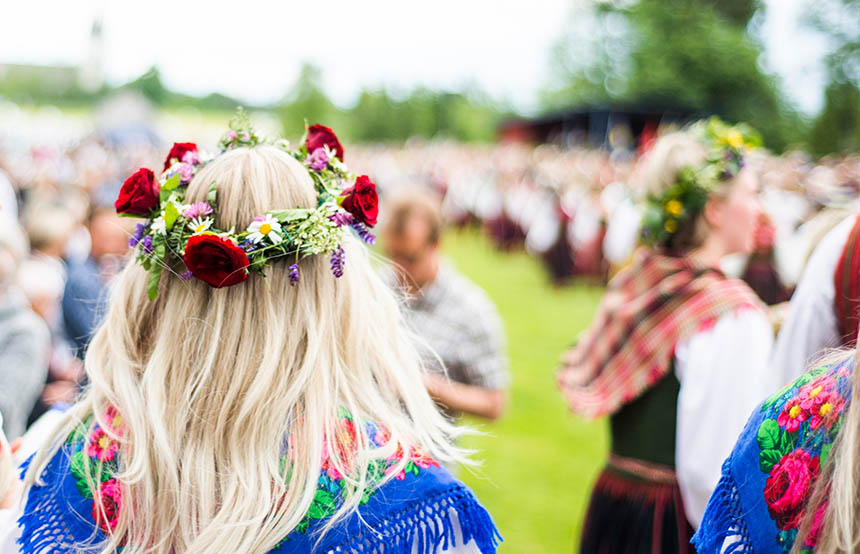
Image by Per Bifrost/imagebank.sweden.se
Sweden is a frontrunner in the world’s efforts to reduce our collective carbon emissions, and their rail network – powered entirely by energy from hydro and wind – is testament to that, making it oh so easy to practice sustainable tourism in Sweden. In fact, it’s perfectly possible to visit the wilds of Swedish Lapland, deep inside the Arctic Circle, by train, using the overnight sleeper service from Stockholm to the north. We would absolutely encourage visiting Sweden by train (from the UK to Stockholm via Hamburg, even if it’s then an ‘air-train’ combo where you take the train one way and fly back, thus reducing your carbon footprint almost by half), but once in Sweden, this is also a destination where non-mechanised or low carbon forms of transportation abound. Take to your bike, like the locals; kayak in West Sweden; mush a team of huskies through snowclad Lapland rather than take a car transfer... hell, you can even explore Stockholm in winter by ice-skating with the locals along the frozen channels in this archipelago city.
A key pillar of our Kintsugi Travel concept, community-based tourism refers to our ambition to encourage our clients to use accommodation, activities and restaurants that are owned and/or run by locals, so that more of your money stays in the community. Forego staying in a swanky (but often entirely generic) five-star hotel where the profits end up in an offshore private equity fund, and instead stay in a family owned and run hotel where you can pretty much guarantee the welcome will be warmer, and the experience significantly more memorable. Other examples include arranging for you to enjoy a boat trip with local fishermen off the wonderful West Coast, in Bohuslan, where you can help harvest succulent seafood such as crayfish or mussels, before enjoying the freshest imaginable meal of the resulting haul. We will, where possible, always aim to offer you the options to make these informed decisions.
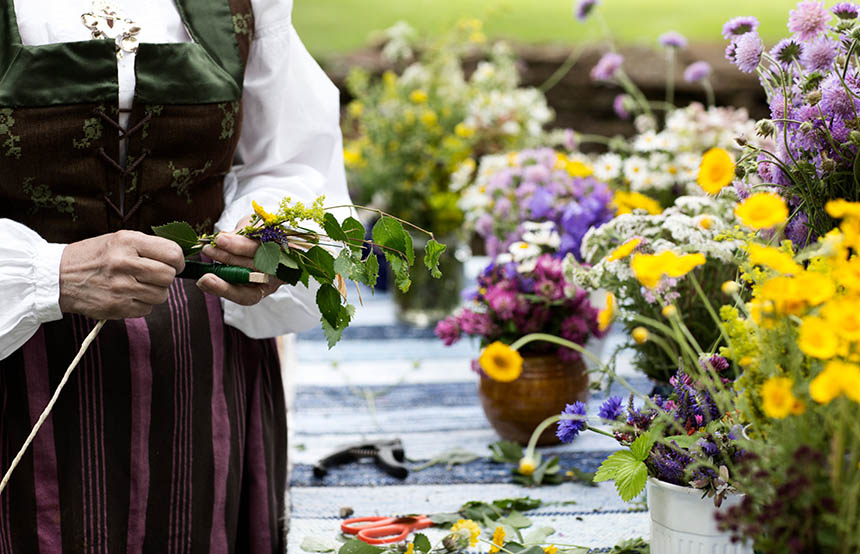
Image by Tina Stafrén/imagebank.sweden.se
Sweden is home to many of the Sami people, the oldest surviving indigenous people in Europe, so this is a perfect destination in which to practice indigenous tourism, where we can arrange authentic and sensitively planned interactions with the guardians of many of our most beautiful habitats. Meet Sami reindeer herders in Swedish Lapland, and learn about their way of life and beliefs, and the difficulties they often face in modern Sweden. It is a fascinating insight into the life of a once nomadic people often facing increasing constraints.
Want a taste of sustainable tourism in Sweden? Speak to one of our Sweden specialists to start planning a trip to this fantastic Nordic nation.
Header image by Jonas Forsberg/Folio/imagebank.sweden.se
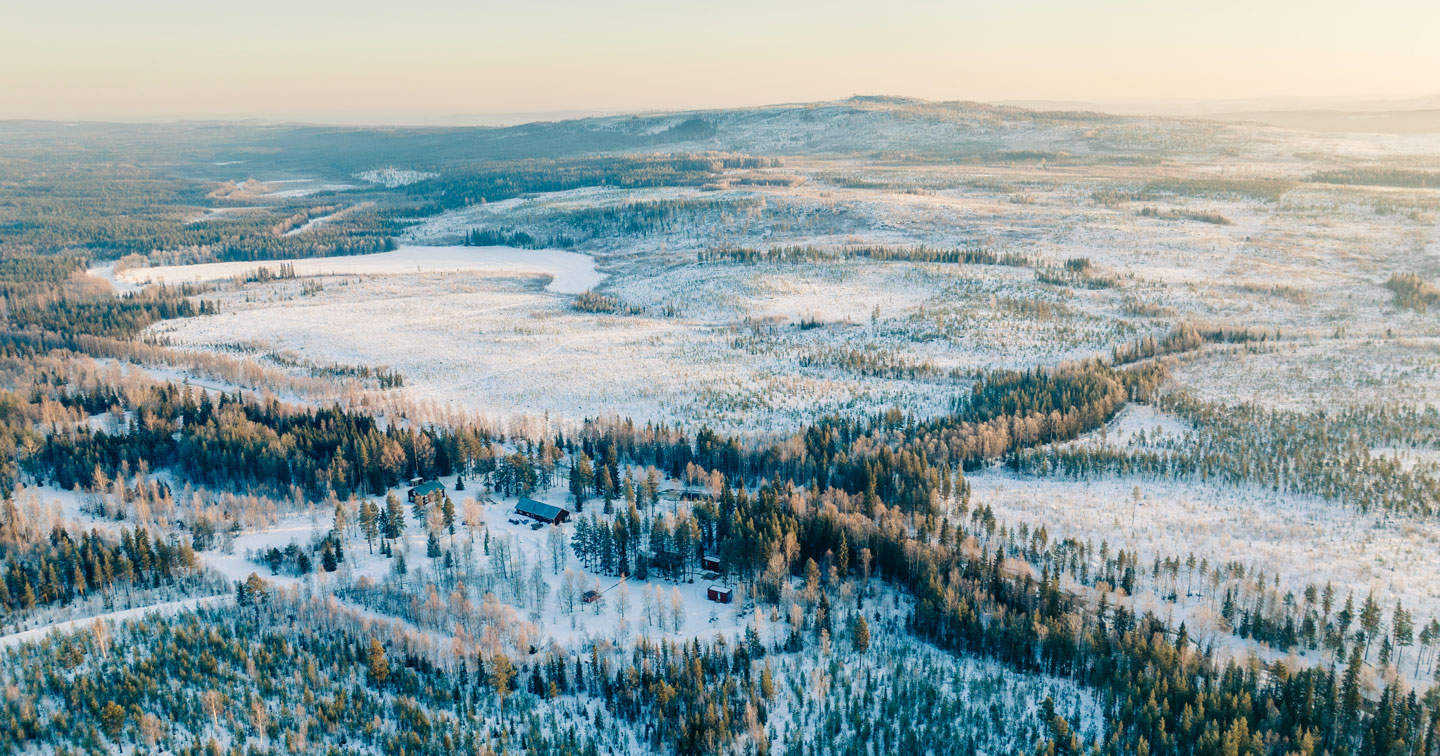
Enthusiasm is contagious, and there’s no better way to get excited about a Swedish getaway than by talking to our travel consultants. Tap into the Swedish wilderness in a specially selected cabin (we’re constantly on the hunt for the best), or fika ‘til you drop in our favourite Stockholm cafes (which we’ve done the tough job of testing out for you). Along with our hands-on Concierge team, we can help you do as the locals do and organise the best activities for your trip, from overnight dog sledging to outdoor cooking.
ENQUIRE NOWPractical advice and inspiration for your next trip
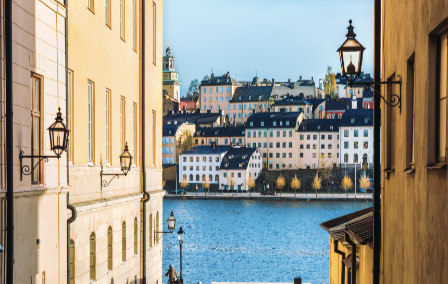
Stockholm or Gothenburg, Gothenburg or Stockholm... As Sweden’s stylish capital (and, more importantly, the birthplace of ABBA), the answer to this question appears to be a no-brainer. What could be more iconic than the hometown of the Swedish supergroup? Yet, as trendy and charming as Stockholm is, Gothenburg also has a lot going for it. Built along Dutch-style canals and blessed with leafy boulevards, Sweden’s ‘second city’ has everything you could want from a lively metropolis – without the crowds.
5th April 2025 - Sweden Culture
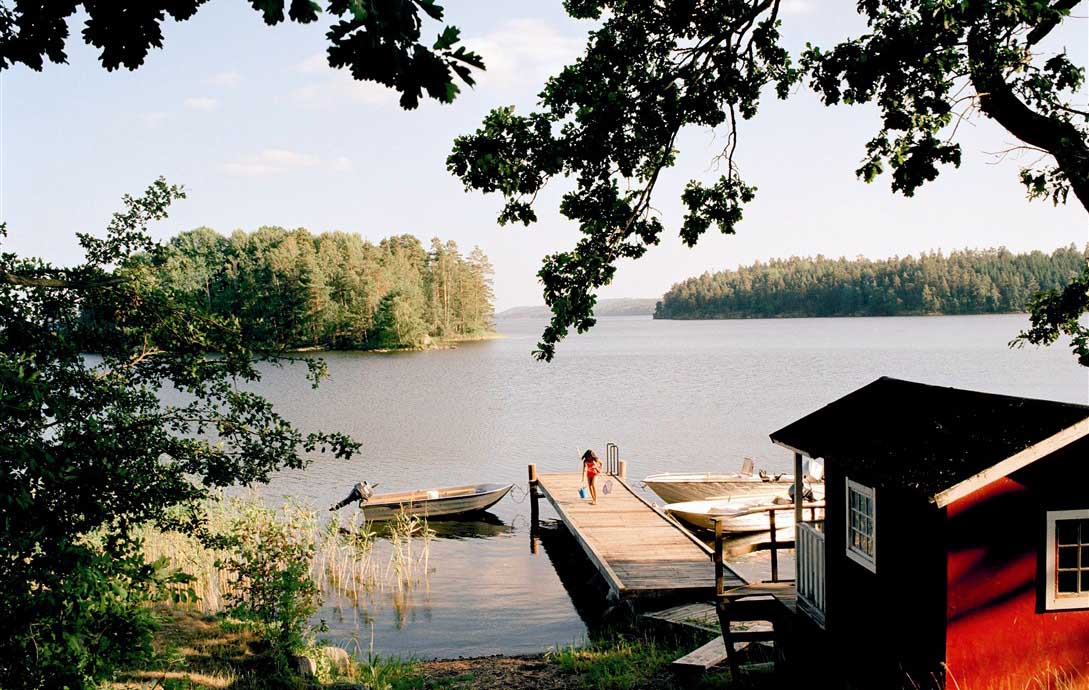
From its fairy-tale-like landscapes to its vibrant cities and otherworldly Northern Lights displays, Sweden is an easy country to fall in love with. Beauty abounds in this Nordic nation, and you’ll find plenty to point your camera at, whether it’s the colourful buildings and cobblestone streets of Stockholm, the frozen lakes and sugar-dusted mountains of Swedish Lapland or sweeping wildernesses and sandy beaches of Gotland.
1st February 2025 - Sweden Travel Inspiration
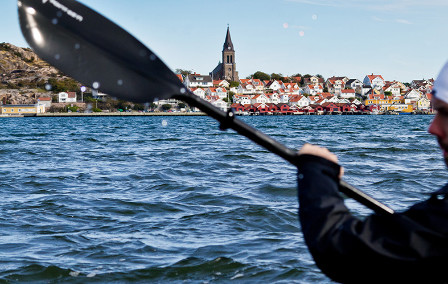
The Swedes know how to embrace the great outdoors, and our Europe specialist, Valeria, discovered what the hype’s all about during her recent research trip. She learnt about lobster fishing, relaxed in a lakeside sauna, slurped fish soup, hopped between islands on ferries and appreciated the country’s eco way of life...Valeria’s trip was nothing short of authentically Swedish. Interested in learning all about it?
20th November 2024 - Sweden Travel Tips

Our team of destination experts will get to know you and your unique requirements for your holiday

We work with you to build an ultra-personalised holiday itinerary with your choice of accommodation, experiences and activities

All of our holidays include little extras designed to make a big difference to your trip, from fast-tracking you through airport check-in and security to our network of local Concierges